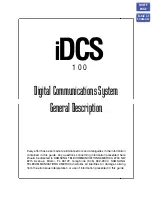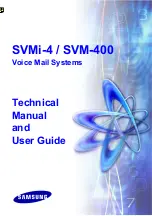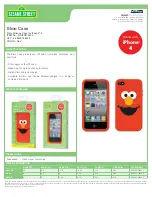
1.5.2
Battery pack before shipment Check the voltage, internal resistance, protection line function, thermistor, thermal
fuse.
1.5.3
Transfer the batteries to the assembly process to pay special attention to prohibit the transport process caused by
external damage, the transport process is recommended to use the same transport packaging, even if there is a process
of opening the package.
1.5.4
Do not use damaged or leaked batteries due to transport damage, drop, short circuit or other reasons.
2.1.1
Don’t use or place batteries in high temperature (above 60°C) environment. Do not put it into fire, water or make
it moisture. Do not repair or disassemble batteries, there is a risk of causing the batteries to ignite, overheat, leak or
explode.
2.1.2
Don’t place the batteries in a chaotic manner, away from metal and other conductive materials to avoid positive (+)
negative (-) short circuit, do not reverse the positive (+) negative (-) pole
2.1.3
Don’t use non-specified charging equipment and violate charging requirements. Non-specified conditions charge
will cause the battery to overcharge or abnormal chemical reactions, heat generation, smoke, rupture or fire.
2.1.4
Don’t connect the battery to the AC plug (outlet) or the car plug. The battery needs to have a specific charger. If the
battery is connected directly to the plug, the battery may catch fire, smoke, explode, or cause heat.
2.1.5
Don’t overcharge, over-discharge, drive nail into the cell, strike it by hammer or tread and step on it.
2.1.6
Don’t hit or throw batteries. If the batteries appear to fall, please treat the waste, can not continue to use.
2.1.7
Don’t dissect the battery. If the protection line is damaged, the battery will no longer be protected. Then, the bat-
tery may fire, smoke, explode or cause heat.
2.1.8
Don’t charge near high temperatures. If the battery is charged near the high temperature, the battery can not be
recharged due to the protection line. In this case, the protection circuit may be interrupted, the battery may fire, smoke,
explode or cause heat.
2.1.9
Don’t use batteries that are clearly damaged or deformed. May cause fever, smoke, rupture or burning.
2.1.10
Don’t direct soldering of batteries, overheating will lead to insulation gaskets and other parts of the deformation,
causing cell deformation, leakage, explosion or fire.
2.1.11
Don’t reverse polarity charge. In the case of charging, the battery is reverse charging will be abnormal chemical
reaction. In addition, there is an unpredictable high current through the discharge. These may cause heat, smoke, rup-
ture or burning.
2. SAFETY INSTRUCTIONS
Batteries containing organic solvents and other flammable substances, such as improper use may cause the core heat or fire,
resulting in damage to the battery or personal injury. Please pay attention to the use of prohibited items, while the protec-
tion device should be added to avoid the use of equipment caused by abnormal batteries accident. Before using lithium-ion
rechargeable batteries, please read the following safety guidelines carefully.
In addition it is strongly recommended to add
these instructions to the user manual.
2.1 DANGEROUS MATTER
2.2 WARNING
2.2.1
Batteries should be kept away from infants and young children. In case of swallowing the battery, please seek
medical attention immediately.
10
INR 21700 50 E
Handling Instructions
TerraE Confidential Proprietary and not be reproduced without written permission from BMZ Germany GmbH, Zeche Gustav 1, 63791 Karlstein































